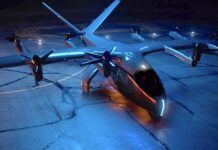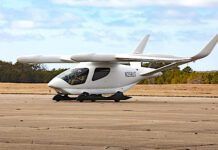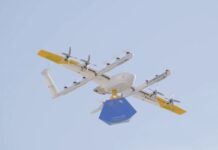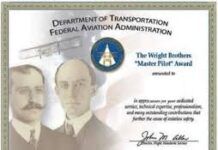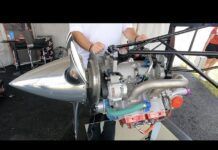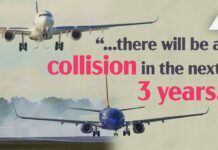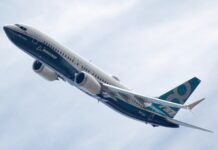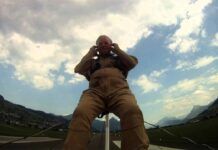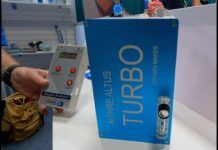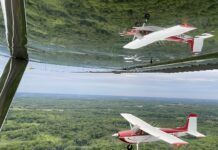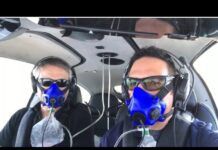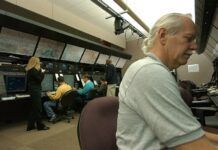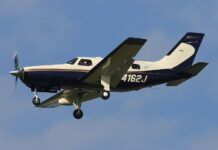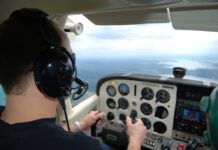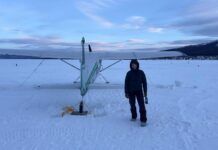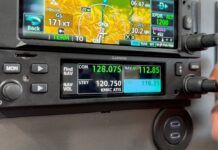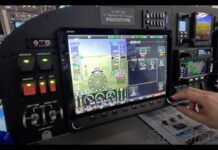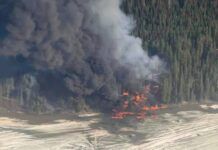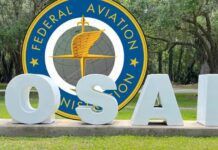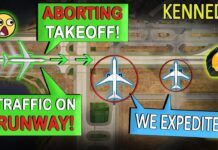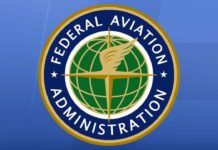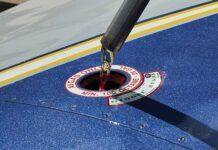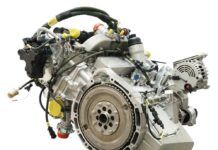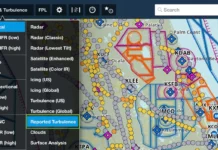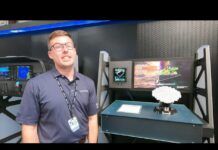
Letter of the Week: Is It All a Dream?
The Pipistrel Panthera sounds great, a dream – what we’ve been waiting for all these years. Is it real, an IO-390-powered version soon and hybrid or electric in 2013? If so, why can’t I see a real picture now, not an artist’s rendering? I’m hopeful but suspicious.
I’ve had this giddy feeling before. Cirrus said they were going to build a true four-seater with 160 knots’ cruise for $120,000. Well, they built the plane, but not at that price point. I think it started at $170,000 and is probably double that now. Clearly there’s a market for these, but where’s my affordable 150-knot cruiser that burns less than 10gph?
Ed Hunt
Not So Fast, Swift?
The factors I am most concerned about for a replacement to 100LL are cost, distribution, and cost.
While we consider alternatives like Swift Fuel, let us think about what it will require: a brand-new set of factories, a new distribution system throughout the entire U.S., and the need to re-certify most aircraft. Do we really think this will compete in cost with 100LL?
There is a fuel that is cheaper than 100LL; current manufacturing produces about ten times the amount needed for all the piston aircraft in the U.S.; it’s currently distributed throughout the U.S.; and it has been certified by the FAA for a significant number of aircraft types. This fuel produces slightly more horsepower than 100LL and does not require altering the compression ratio.
The fuel? Ethanol. While it requires different handling procedures and will result in some range reduction, we have to admit that we are not going to get a direct replacement for 100LL. Now we must decide what differences we will accept.
Starting with a brand-new fuel when we have over 15 years of aviation experience with ethanol, accepting a monopoly for our fuel supplier – these compromises seem riskier and are more likely to end up costing much more than converting to ethanol.
Angus McCamant
Flying the Airplane
Regarding the “Question of the Week“: Automation should be more reliable, and it should reduce the complexity and pilot workload so pilots are not overwhelmed with information. Let’s keep this in perspective. Pilots on flights like 447 are not amateurs. Even though pilot error is the likely official cause, more work needs to be done to simplify the pilot tasks.
Glen Armbruster
The problem with complex automation interactions as they are now used in modern air carrier airplanes is that failures can start to cascade in such a manner that the pilots are presented with 50 or more error messages. They have to sort through these to find out the critical ones, even though there is supposed to be a layered hierarchy. In theory, there should be a set N1 and attitude that will produce level flight.
But in the airplane with an already degraded flight system in the midst of a classic ITCZ thunderstorm, this is asking for a lot. Of course there was probably pilot error involved, but it’s what I call “designed-in” pilot error. This is particularly true of the Airbus philosophy. I have had a 50-year history of flight test and airline flying, and this is one reason I’m glad I’m out of that game. Nowadays, the bean counters and the computer wizards seem to have gained control.
Bob Tripp
Automation is designed to display sufficient information for human response to system end functionality. This has two distinct inherent elements: human interpretation and human physical response and input.
If there is an automated system failure, the pilot must have a reliable analog backup for basic interpretation and response. These displays should be located in a prominent position to allow standard eye scan by both pilots. Scheduled recurrent training should incorporate total automated system failure so pilots can maintain reliable confidence in standby display systems.
At least one pilot should be designated to fly by the standby system displays and one pilot to work on system failure analysis. Automation is only as good as its design, and pilots should be an integrated part of the design process, as well as the government certifying authorities.
Campbell Pritchett
If the level of automation on a commercial airliner is such that a failure or system of failures can bring down the flight, then the crew should include a systems specialist whose only job is to make sure those systems are working properly at all times. To make an aircraft so complex that a pilot is required to do debugging when things go sour and then call it pilot error when a crash ensues is nothing more than scapegoating.
Rick Girard
GPS Testing
Regarding the story about GPS testing in New Mexico: This happens all the time. These tests are at the White Sands Missile Range. Based in Santa Fe. We are used to seeing these NOTAMS on a very regular basis.
While it may relate to the 4G testing, I’d bet against it. You’ll notice that 19 nm from the Boles 230 radial is right in the middle of the range (and the giant R-5107B). It is hard to imagine they’d be testing civilian internet connectivity there amid the live fire exercises.
Most of the time, it has no impact, [but] I did lose a GPS signal once a couple years ago during one of these tests while using an ancient Trimble 2101 Approach Plus GPS in a King Air.
Michael Szczepanski
Read AVmail from other weeks here, and submit your own Letter to the Editor with this form.



